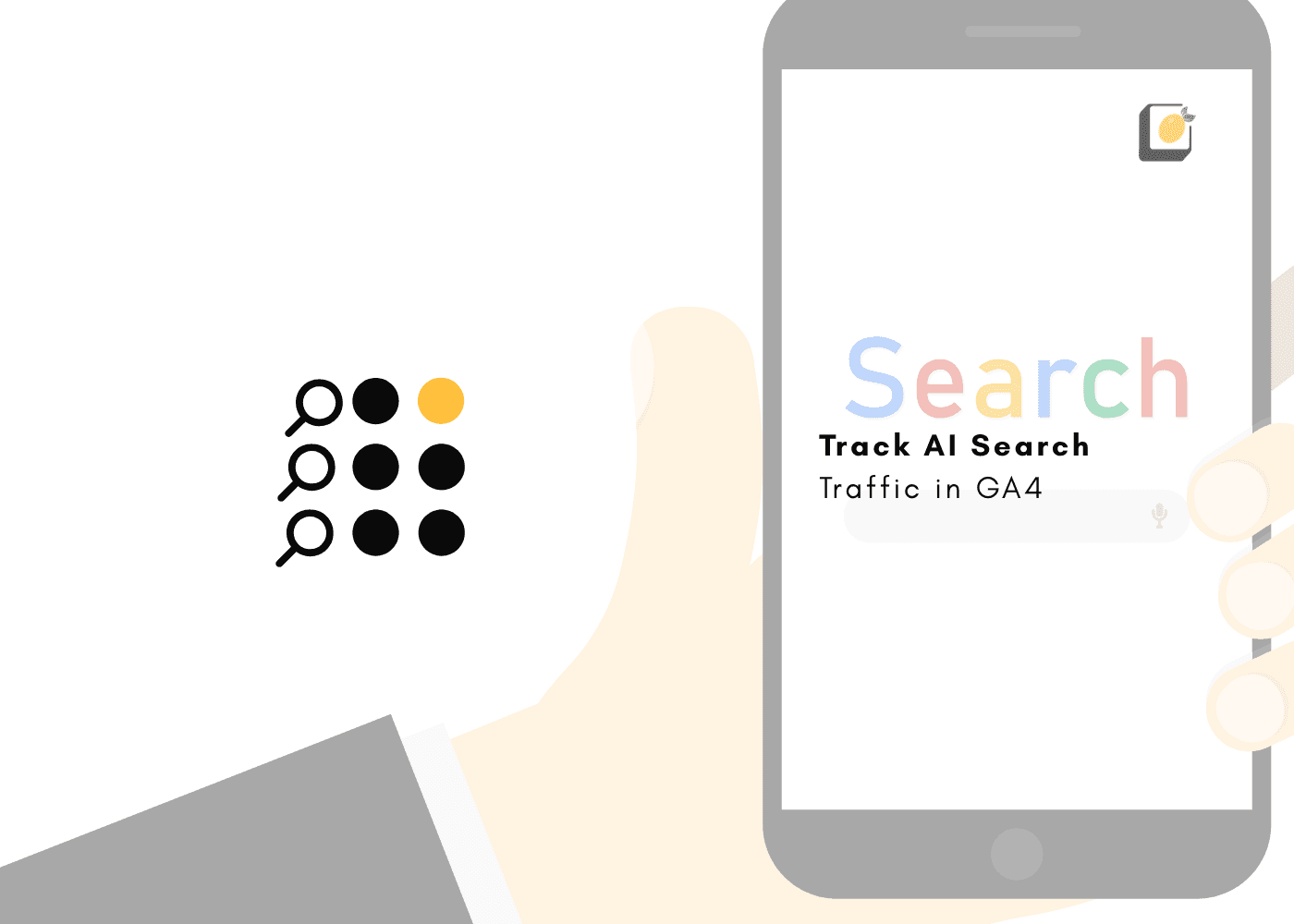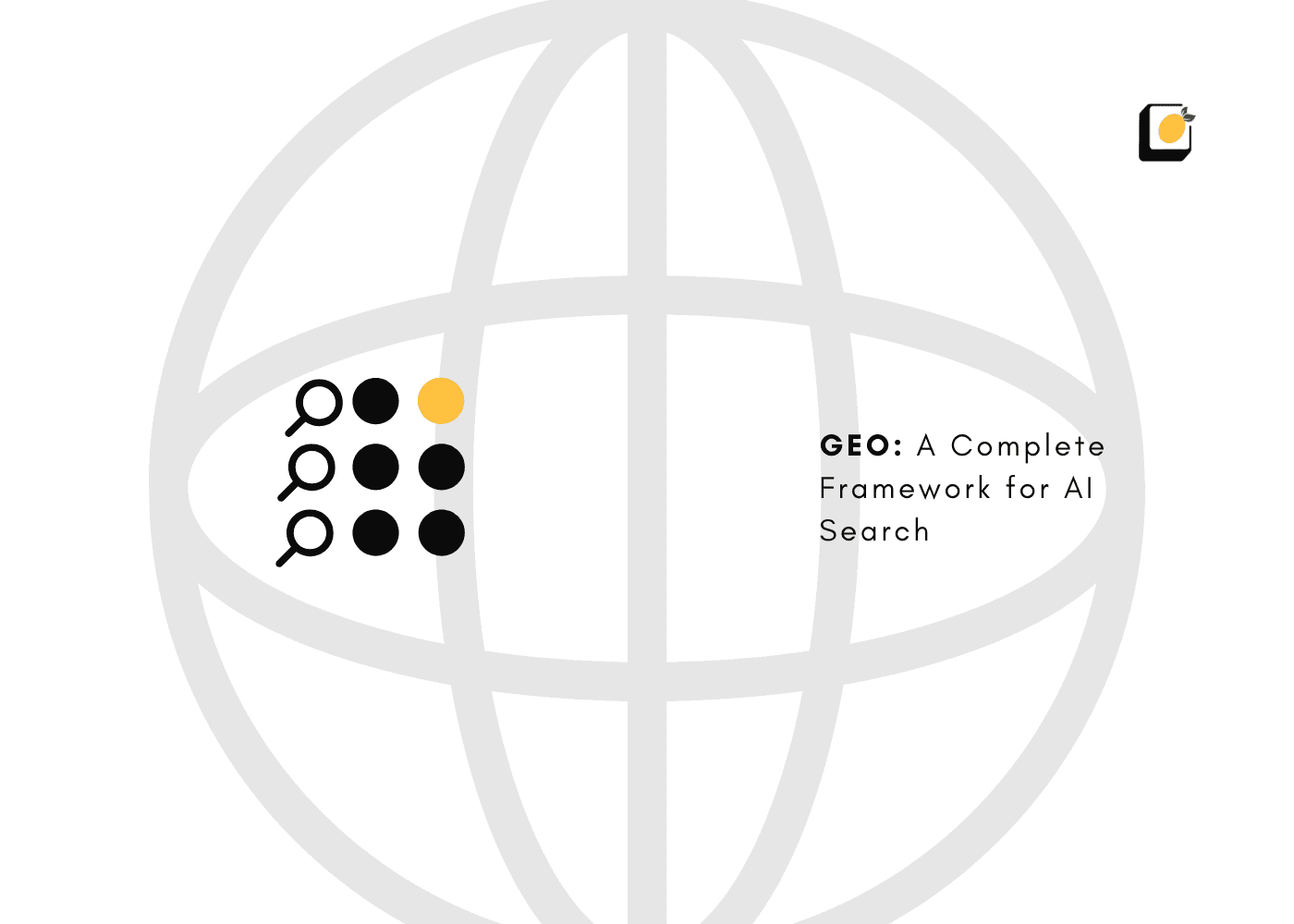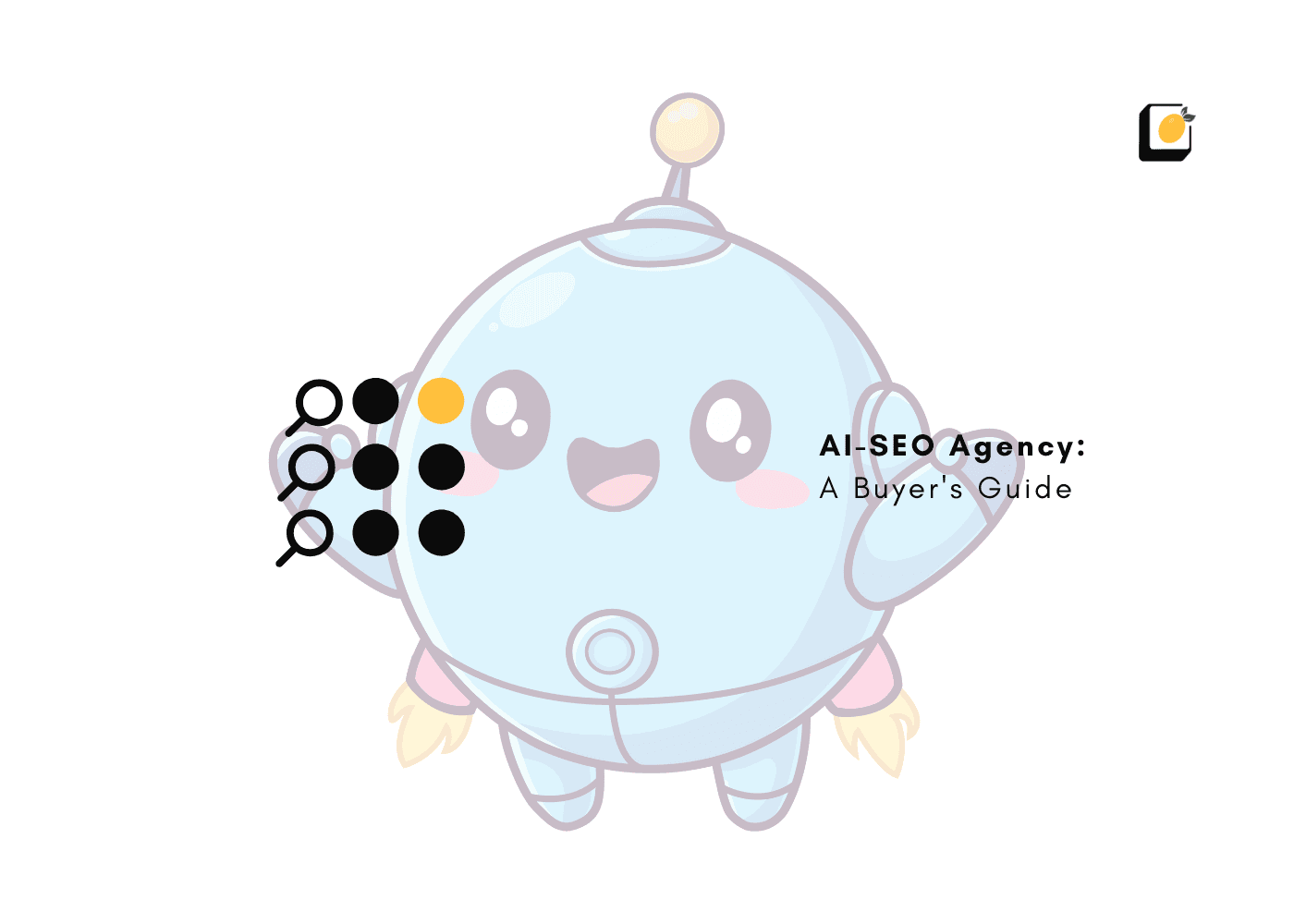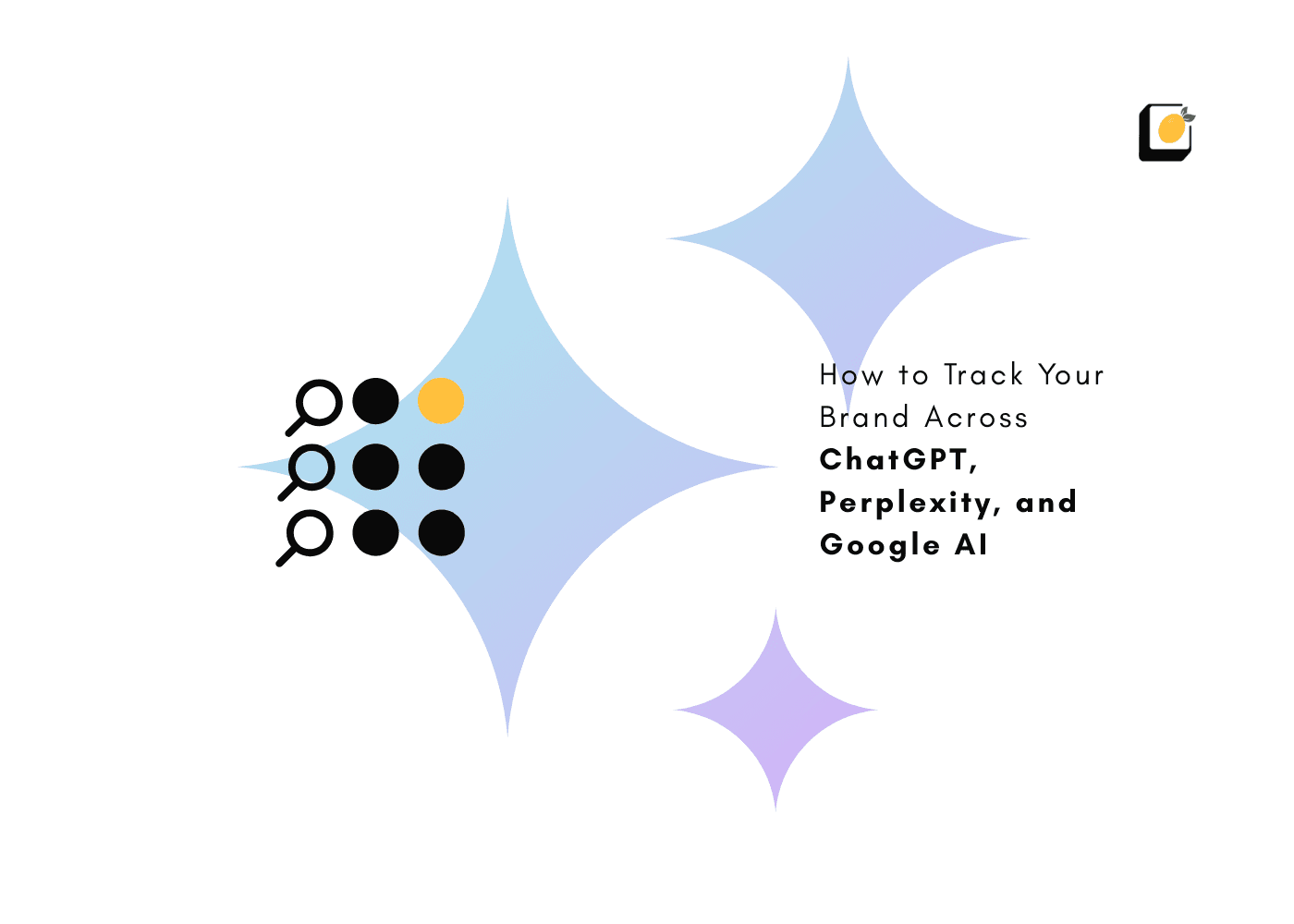What is E-A-T in SEO?
July 5, 2025
Join 500+ brands growing with Passionfruit!
E-A-T stands for Expertise, Authoritativeness, and Trustworthiness. It’s a core part of how Google evaluates the quality of content. It's not a ranking factor in the traditional algorithmic sense, but it plays a critical role in shaping which websites are deemed worthy of top positions, especially for high-stakes queries.
Google’s Search Quality Evaluator Guidelines use E-A-T as a way to train their evaluators and refine how algorithms assess content. For CMOs, growth strategists, and SEO leaders in competitive categories, it’s a quality assurance framework that underpins long-term visibility and credibility.
This matters even more in YMYL (Your Money, Your Life) spaces, where stakes are high: finance, healthcare, legal, and SaaS tools that impact business operations. Google wants to rank trustworthy experts, not just keyword-optimized pages.
Learn how Passionfruit’s SEO Strategy Services build E-A-T into every engagement.
E-A-T vs. E-E-A-T: What Changed and Why It Matters

In December 2022, Google updated its guidelines to include an extra “E” for Experience. This addition acknowledges the value of firsthand, practical exposure, especially in content that involves personal recommendations, reviews, or tutorials.
So what’s the difference?
Experience shows you’ve actually done the thing you're writing about. Used the product, implemented the strategy, and faced the problem.
Expertise signals your knowledge depth, like industry credentials, years of practice, or academic background.
Google now rewards content that combines both: professional insight and lived perspective. Especially in review-heavy or niche B2B content, this combo is a strong signal of reliability.
Pro Insight: Brands that produce content from actual practitioners consistently outperform generic coverage.
What Does E-A-T Actually Mean? A Closer Look
1. Expertise
Google assesses who’s creating the content, not just the domain it lives on. Is the author qualified to speak on the topic? In SaaS and B2B sectors, that means subject-matter experts, product strategists, and engineers.
Credentials, real-world experience, and technical fluency boost this signal.
Content should demonstrate mastery, not just surface-level listicles.
2. Authoritativeness
Authority is earned over time and mostly through what others say about you.
Backlinks from trusted domains, brand mentions, contributor bylines on respected sites, and speaking engagements all signal industry authority.
Domain-level trust matters. A single expert author won’t move the needle if your website lacks credibility in its niche.
Thought leadership, media coverage, and trusted third-party validation feed this signal.
3. Trustworthiness
This is where UX and backend hygiene intersect with content quality.
Clear authorship, fact-based content, up-to-date information, and privacy/security best practices all matter.
For YMYL content, trust is the gatekeeper. If your site feels unreliable with slow load times, intrusive ads, vague sources, Google will suppress it.
Even in SaaS or e-commerce, buyer confidence often hinges on this trust layer.
Build trust-driven, high-conversion content with Passionfruit’s B2B Content Engine.
Why Google Created E-A-T: Intent Behind the Guidelines
E-A-T emerged visibly after Google’s “Medic Update” in August 2018, which shook up rankings for health, finance, and lifestyle sites. That update wasn’t just a filter tweak. It was a philosophical shift.
Google’s mission is to surface content that’s helpful, safe, and accurate. To do that, it needed a way to quantify quality beyond just links and keywords.
E-A-T is not a ranking factor, but it informs the systems that evaluate helpfulness.
It acts as a meta-quality framework that guides algorithmic updates toward outcomes that protect users and improve search experience.
Who Needs to Care About E-A-T?
If you’re publishing content meant to inform, persuade, or convert, E-A-T applies. But for certain verticals, it’s non-negotiable.
SaaS companies aiming to rank for category-defining terms or compete against aggregators need strong E-A-T to outperform noise.
E-commerce brands with product reviews, guides, or comparisons need demonstrable trust to boost both SEO and CRO.
Startups battling incumbents must earn credibility quickly. E-A-T helps fast-track that process through quality content and brand-building.
B2B firms building a thought leadership pipeline rely on author credentials, third-party validation, and smart distribution to signal expertise and authority.
E-A-T isn’t a checkbox. It’s an operating system for credible growth content.
How Google Evaluates E-A-T in Practice
E-A-T isn’t a single ranking factor, it’s a lens Google uses to evaluate the overall quality and credibility of your website and content. While the algorithm can’t "read" the way humans do, it’s trained by thousands of data points and real human evaluators, known as Search Quality Raters.
These raters assess sample pages using the Search Quality Evaluator Guidelines, asking: Is this page created by someone qualified? Can it be trusted? Is the site a credible source of information in this field? While their feedback doesn’t directly impact rankings, it trains the AI systems that do.
Google then correlates this human judgment with measurable signals, such as:
Mentions and backlinks from reputable, high-authority sites.
Author bylines and bios that establish credibility.
Clear ownership through About, Contact, and Policy pages.
Consistency in voice, tone, and depth across your site.
Think of E-A-T as a framework for demonstrating that you’re the most credible answer for a given query.
E-A-T and AI Content: What Still Needs a Human Touch
AI content can scale fast, but speed doesn’t equal substance. As AI-generated copy becomes more common, Google’s systems are tuned to look for human-level signals of originality, experience, and care, the very things E-A-T measures.
A machine can’t provide:
Firsthand product experience, clinical expertise, or legal nuance.
Unique perspectives backed by lived experience or industry exposure.
Accountability: AI can’t own or defend its output.
Your editorial workflow should ensure that any AI-supported content is vetted, reviewed, and enhanced by real experts before publication.
Editorial processes now matter more than ever. Fact-checking, citing authoritative sources, and layering in brand POV are what differentiate content Google ranks from content it ignores.
E-A-T for Product Pages, Blogs, and Landing Pages

E-A-T implementation varies by content type, but the goal is the same: make it clear why your content deserves trust.
For blogs, add bylines for authors with real expertise in the subject. Link to their credentials, previous publications, or company roles. Avoid vague language or recycled tips. Focus on depth, not fluff.
On product pages, go beyond specs. Include:
Verified reviews and testimonials from real users
In-use photos, videos, or demos
Company responses to FAQs or concerns
For landing pages, surface trust indicators. These include:
SSL-secured browsing (HTTPS)
Clear privacy and refund policies
Business contact details and third-party endorsements
Every page is a chance to reinforce that your brand is a credible, safe, and authoritative choice.
How to Build E-A-T Into Your SEO and Content Strategy
If you want to perform in organic search, E-A-T must be embedded into your growth systems.
Here’s where to focus:
Work with SMEs: Hire contributors or ghostwriters who deeply understand your field.
Publish proprietary insights: Internal benchmarks, customer data, or unique case studies signal credibility.
Use structured data: Implement schema to tag authors, reviews, ratings, and content types. This helps Google “see” what your page is about and who stands behind it.
Create editorial infrastructure: Maintain update logs, content briefs, review cycles, and fact-checking processes. Google rewards fresh, accurate, and governed content.
Done right, E-A-T becomes a long-term differentiator. Talk to a Passionfruit SEO Strategist today!
How to Audit Your Current E-A-T Signals
You don’t need to guess if your site meets E-A-T standards. You can audit it using five high-impact checks:
Author attribution
Are all blog posts written by identifiable experts?
Are their credentials visible and verifiable?
Content governance
Do you explain how content is reviewed or updated?
Are dates and references current?
Backlink strength
Are you earning citations from trusted domains in your space?
Do other experts reference your content?
Original proof points
Are you sharing first-party insights (not just summaries)?
Do you use data or stories your competitors can’t replicate?
Trust infrastructure
Is your site secure (HTTPS), contactable, and clearly managed?
Do you include legal policies, reviews, and customer support access?
This kind of audit can quickly surface gaps and also highlight strengths you’re not currently showcasing well.
Need an E-A-T-focused content audit? Book a strategy call with Passionfruit today!
Conclusion
Google is now evaluating who is behind it, why it was created, and how much users can trust it. E-A-T is no longer optional. It’s your competitive edge in AI-heavy SERPs.
Whether you're in SaaS, e-commerce, or B2B, aligning your content with E-A-T is how you scale organic growth without chasing fleeting algorithm hacks. Quality compounds. And so does trust.
If you’re struggling to rank in competitive SERPs or to scale trust-driven content, contact us today. We’ll show you how to align SEO with actual business outcomes.
Key Takeaways
E-A-T: Expertise, Authoritativeness, Trustworthiness is Google’s framework for evaluating content credibility.
Experience was added to E-A-T in 2022, making firsthand knowledge a ranking edge.
E-A-T is essential in YMYL industries like finance, health, SaaS, and e-commerce.
Google doesn’t just rank optimized content, it ranks credible content backed by experts.
Combining AI scalability with SME insights is now the gold standard for high-performing content.
FAQs
Q1. What does E-A-T stand for in SEO?
E-A-T stands for Expertise, Authoritativeness, and Trustworthiness. It's used by Google’s Search Quality Raters to evaluate how credible, informed, and reliable a page’s content and source are, especially in sensitive or high-stakes topics.
Q2. What’s the difference between E-A-T and E-E-A-T?
In 2022, Google added “Experience” to create E-E-A-T, emphasizing the importance of firsthand knowledge. While expertise refers to formal knowledge or credentials, experience highlights lived insight, like actually using a product or solving a real-world problem.
Q3. Is E-A-T a direct ranking factor?
No, E-A-T is not a traditional ranking factor like page speed or mobile-friendliness. Instead, it's a quality framework that Google uses to train algorithms on what trustworthy, helpful content looks like impacting rankings indirectly through relevance and credibility.
Q4. How can I improve E-A-T on my website?
Improve E-A-T by showcasing qualified authors, adding structured data (schema), publishing first-party insights, earning backlinks from trusted sites, and maintaining clear editorial governance. Every page should build confidence in your authority and reliability.
Q5. Does AI content affect E-A-T?
AI-generated content alone doesn’t meet E-A-T standards. Google favors content with human oversight, firsthand experience, and fact-checked accuracy. The best-performing sites combine AI for scale with SMEs for authenticity and strategic depth.















